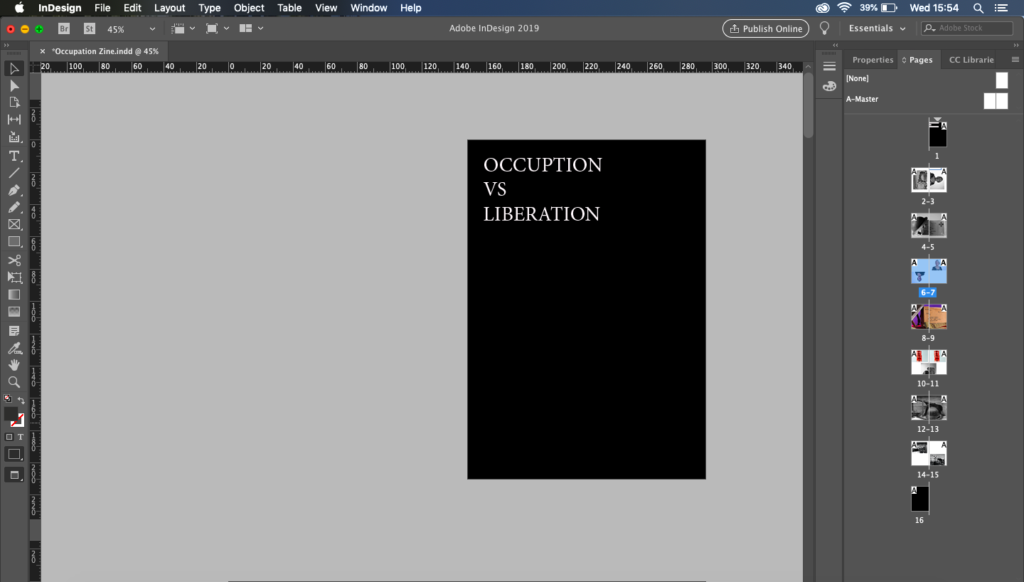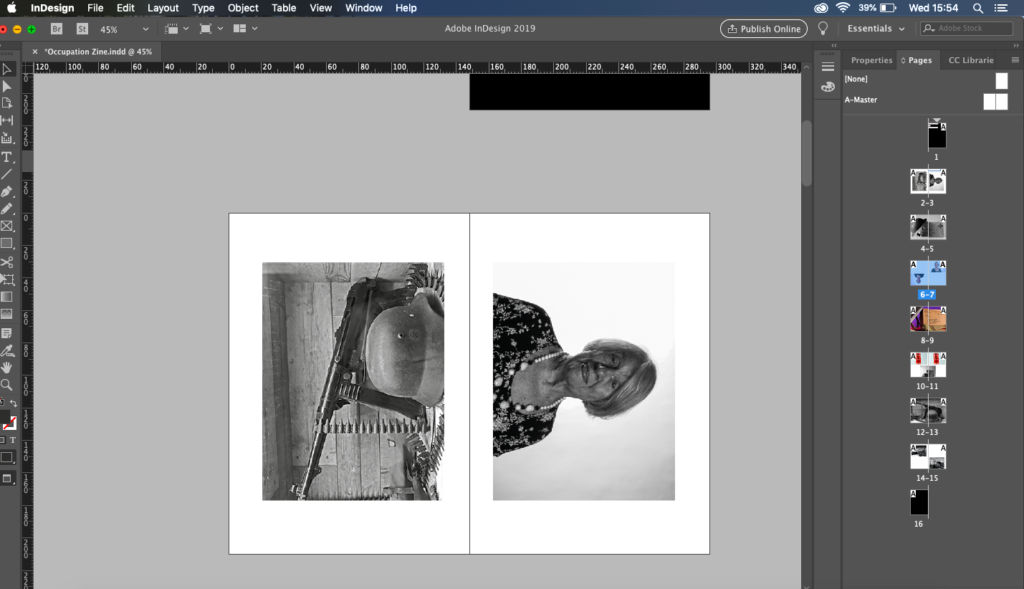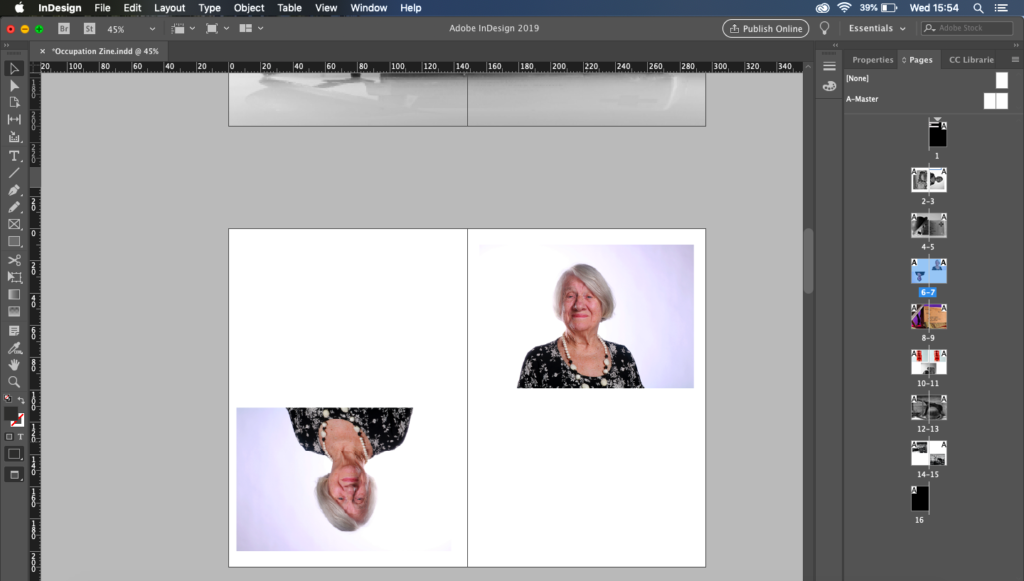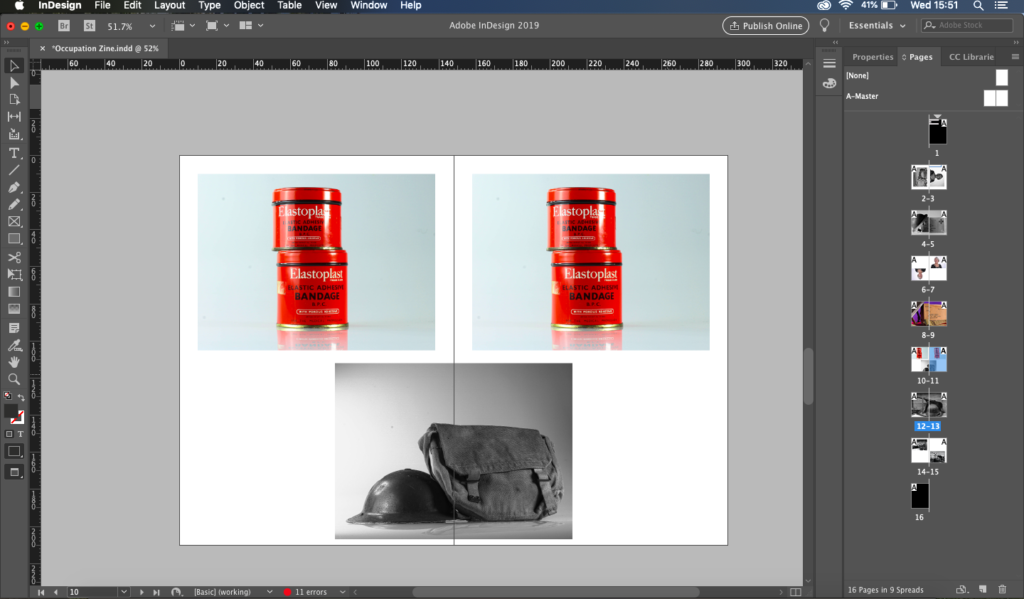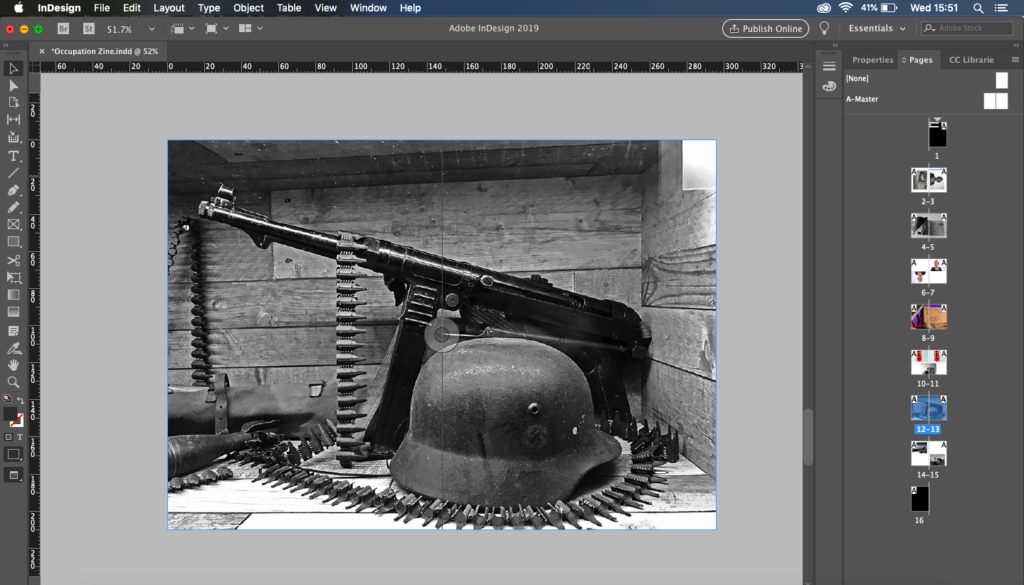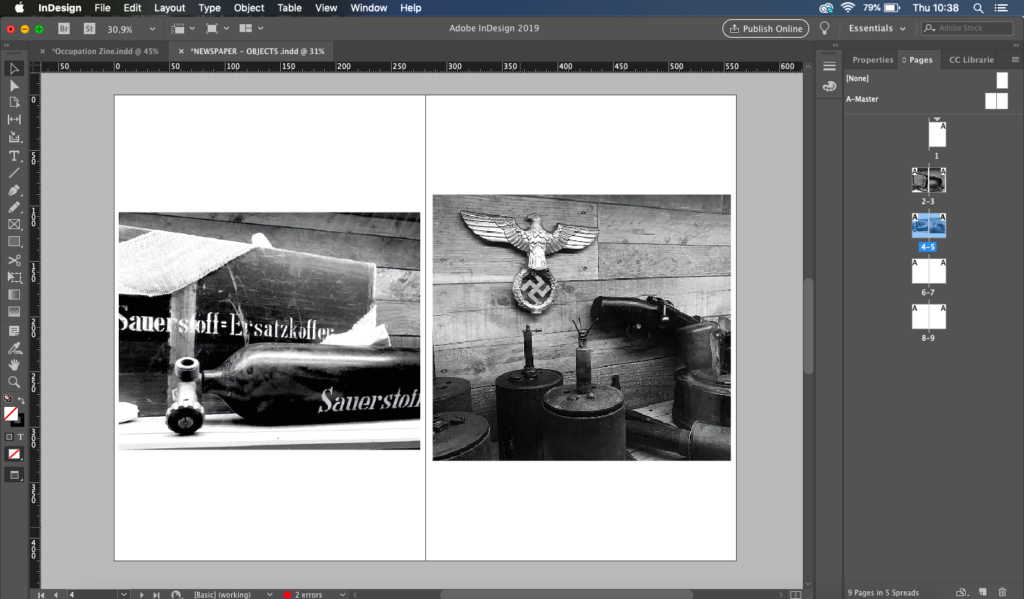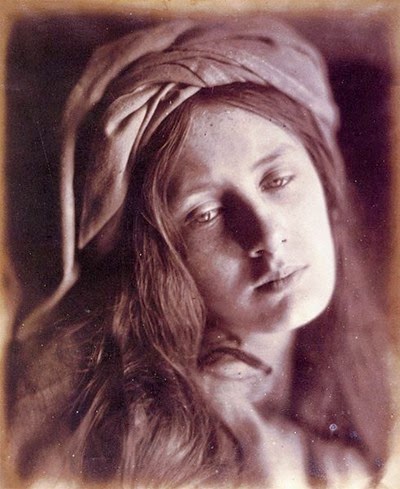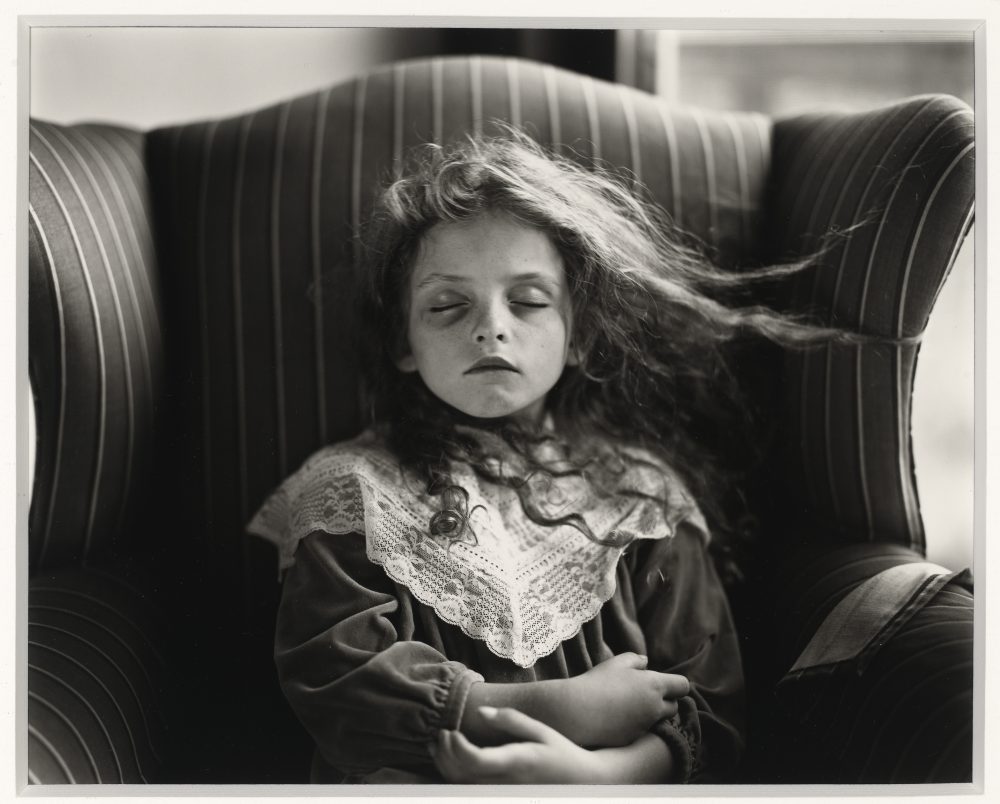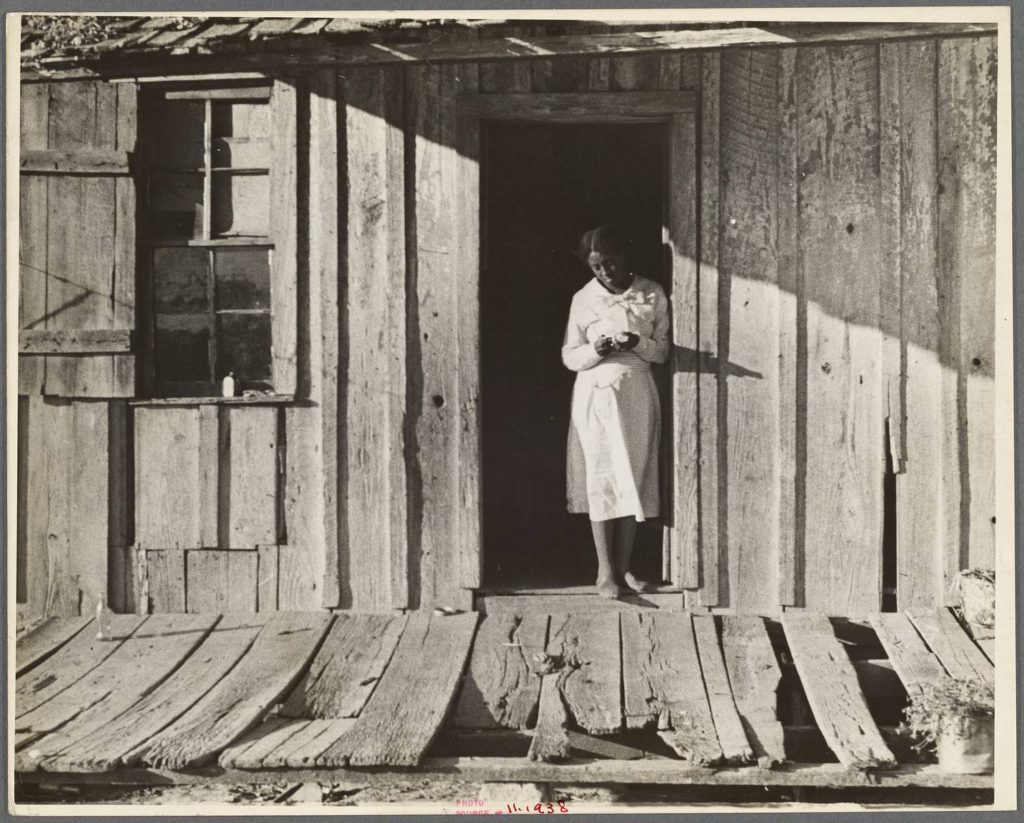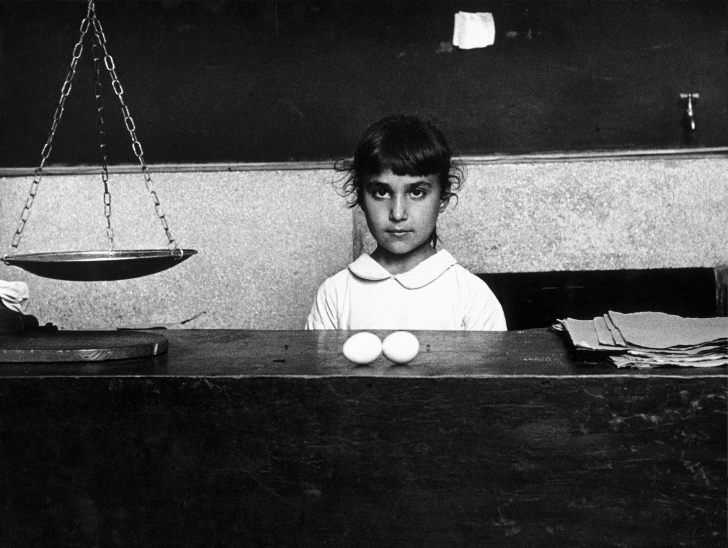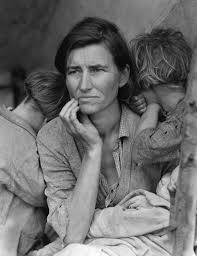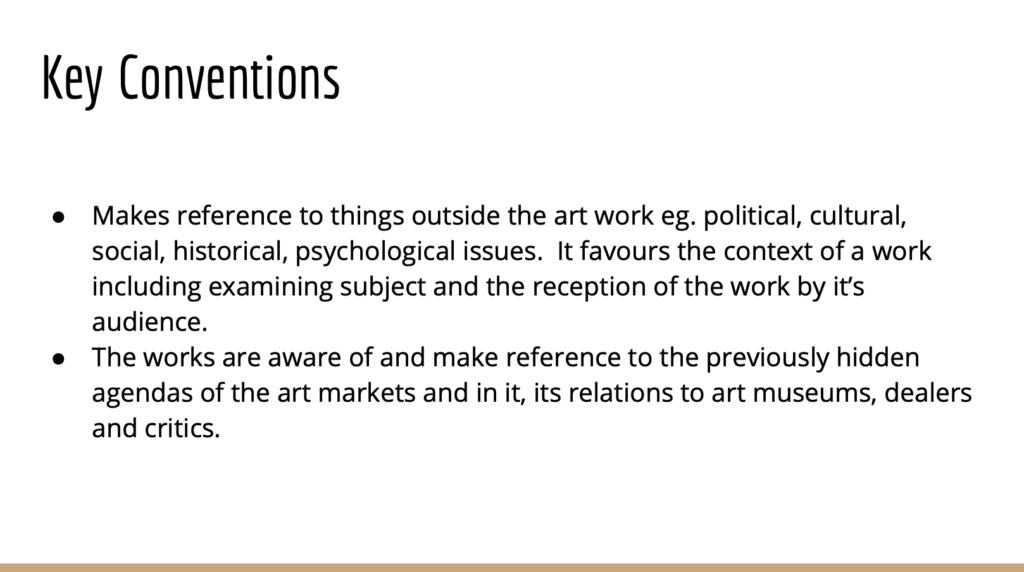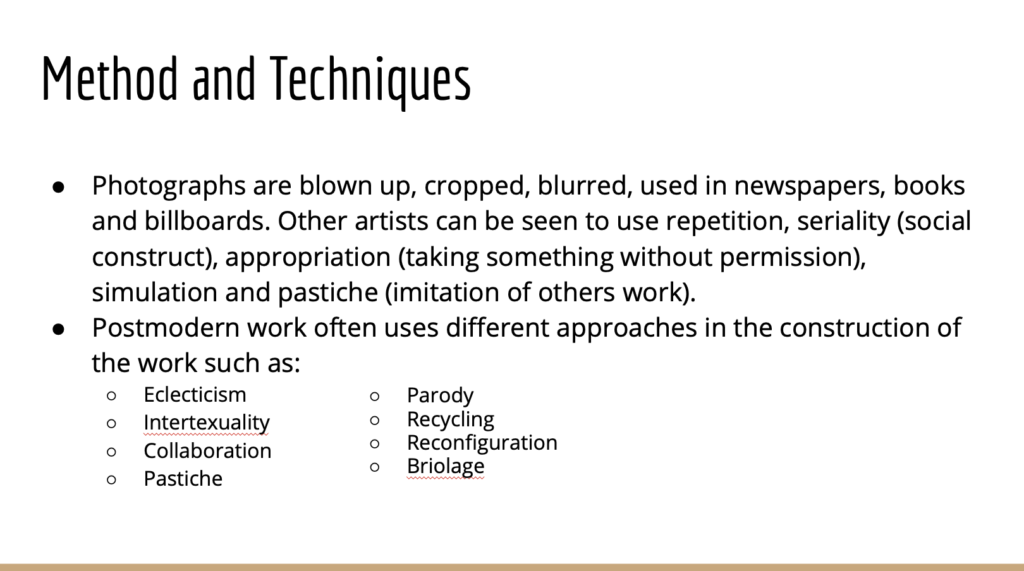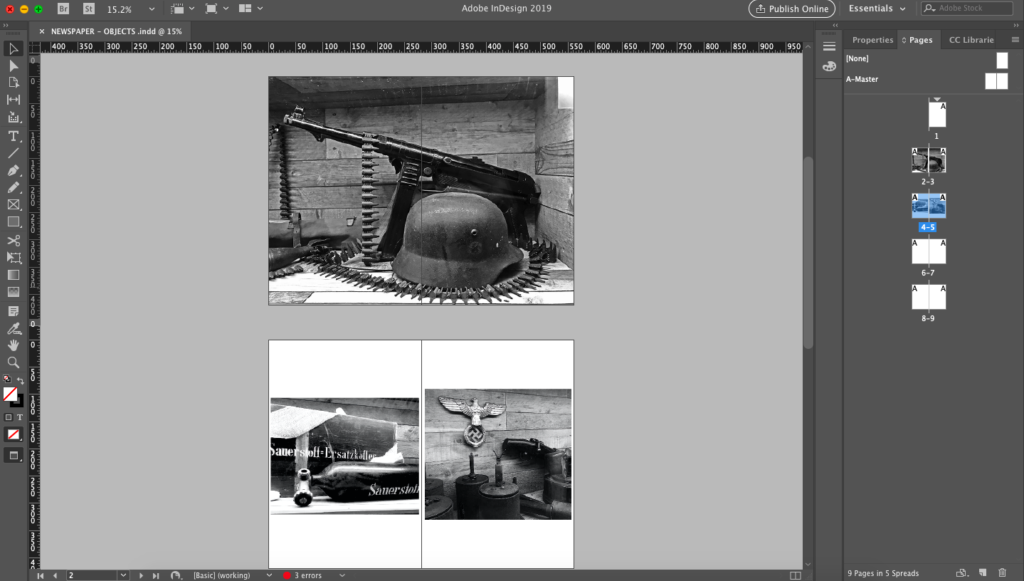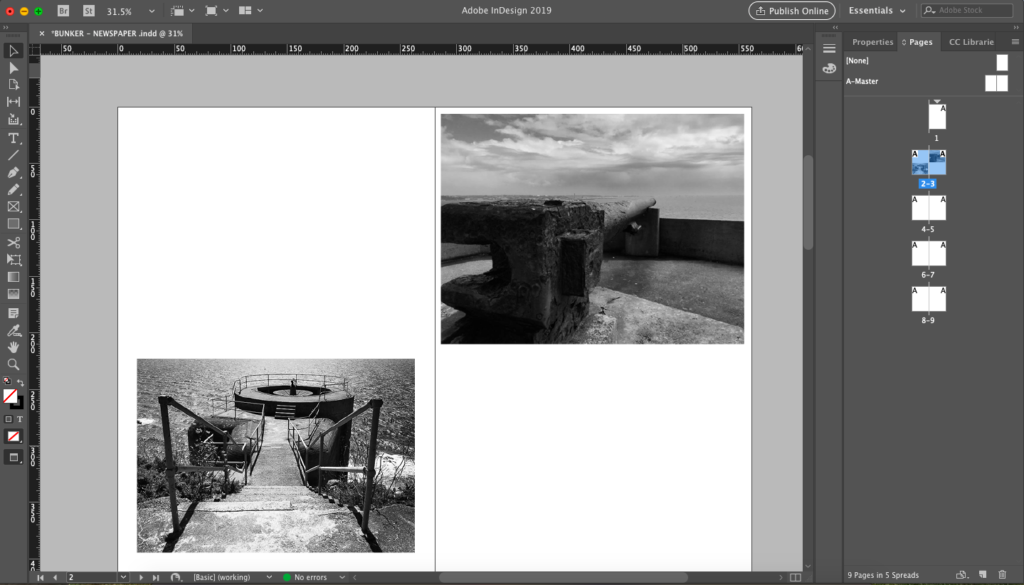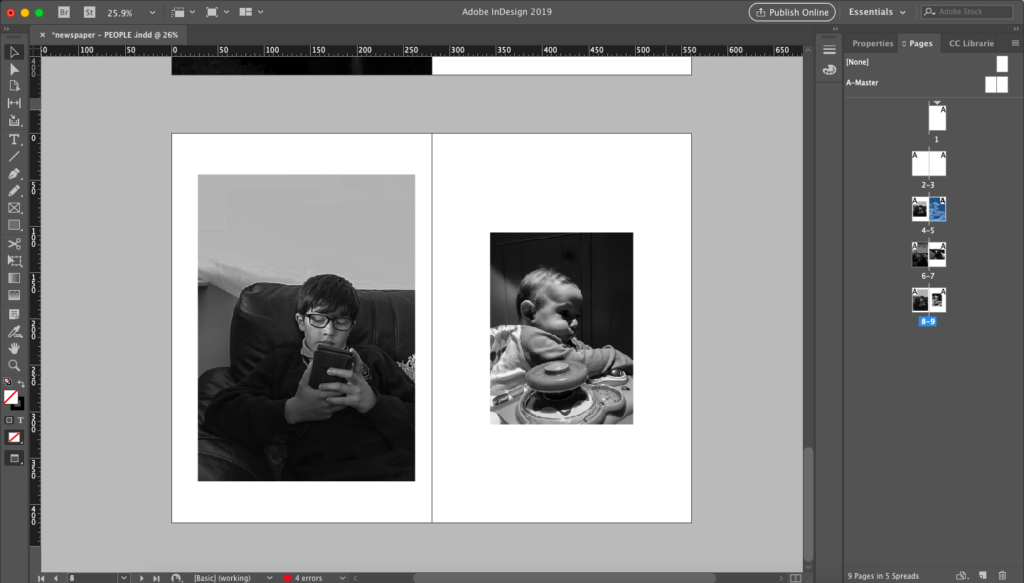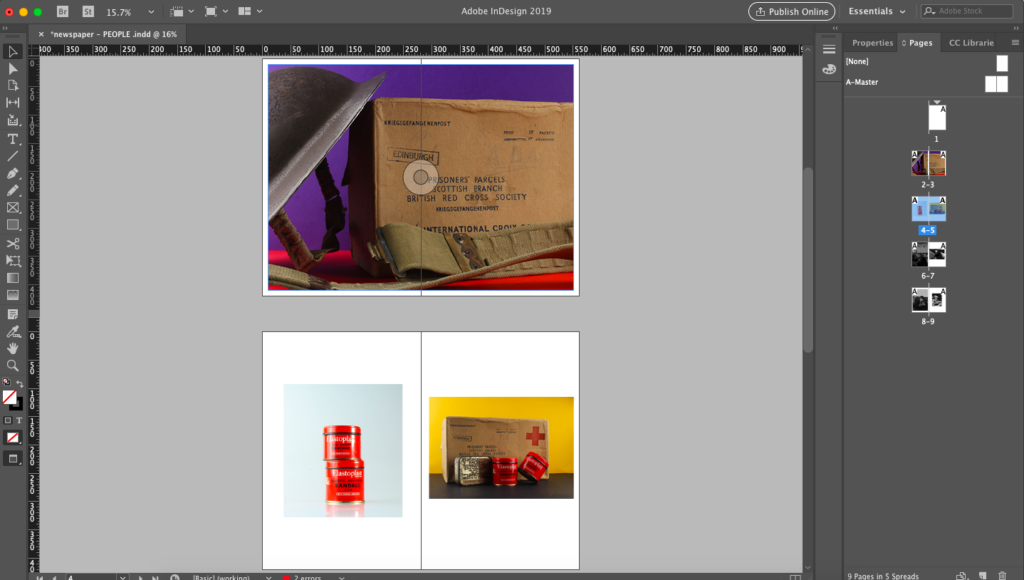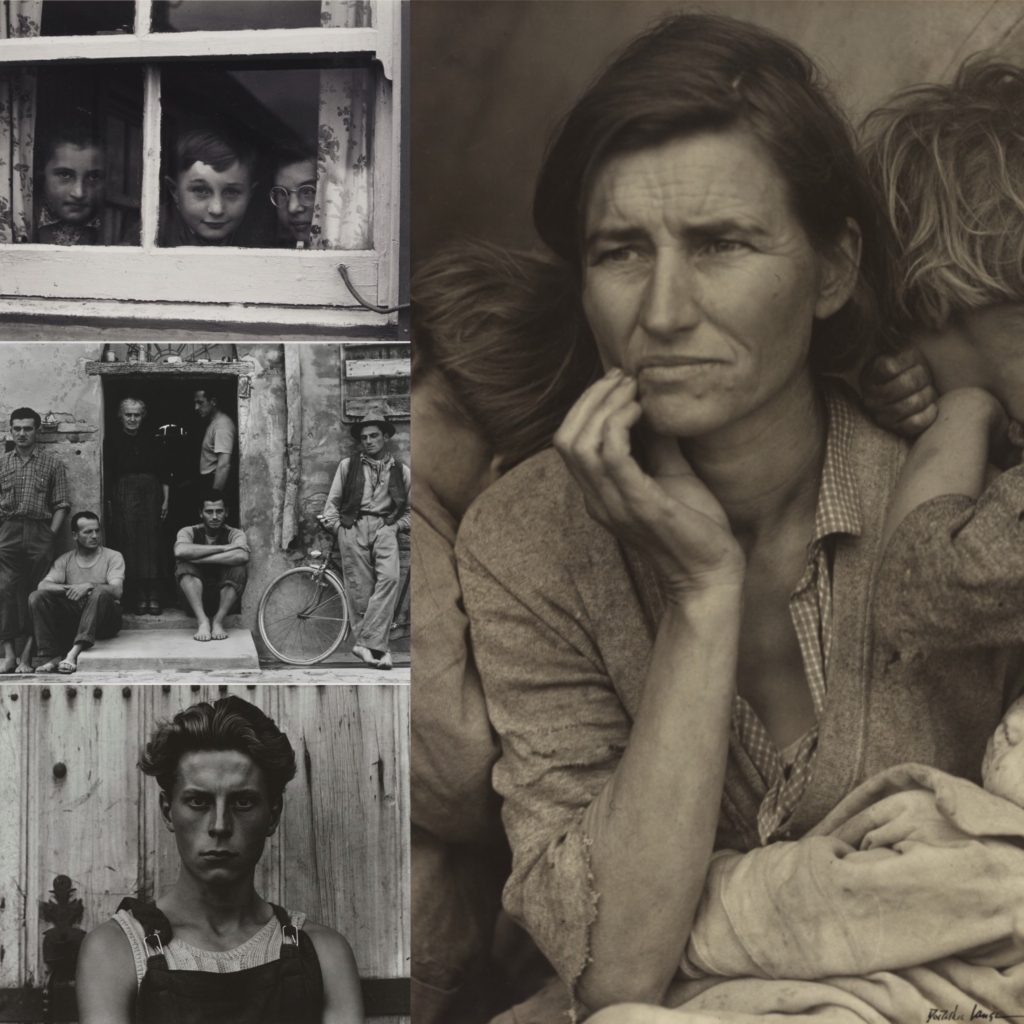Over the course of this project I have been looking at the Occupation and Liberation of Jersey, during WWII. I have researched what life was like during the occupation of the island, gathering information from sources both online and from interviewing people who were alive during the occupation for a true insight into what survivors of the occupation and liberation of Jersey really lived through. On top of this I have looked into what the island itself has gone through, undergoing a transformation from a peaceful island to a large German fortress, with the addition of fortified towers and bunkers, many of which are still around today.

One of the techniques I have used during this topic is portraiture. I worked with Hedley Hinault and Joyce De La Haye, both of them lived through the occupation of the island. I asked them questions about their childhoods and heard their stories about German soldiers and what the people in Jersey got up to and were able to do under German control. The process of interviewing and making conversation with my portraiture subjects, which I had never met before, was a new experience to me. It was challenging but after some talking and question asking from both myself and subjects the process became much smoother as we felt comfortable working together. Being able to first speak to my subjects also made the final outcome of my portraits different as I was able to get a more genuine picture that while being set up didn’t feel stiff or nervous. I worked with a three point light set up to allow detail on the subjects’ faces to become highlighted or shadowed. I worked with all 3 lights in slightly different positions at different points of the photoshoot so that I could explore my subjects and the effects the light had upon their complexions.
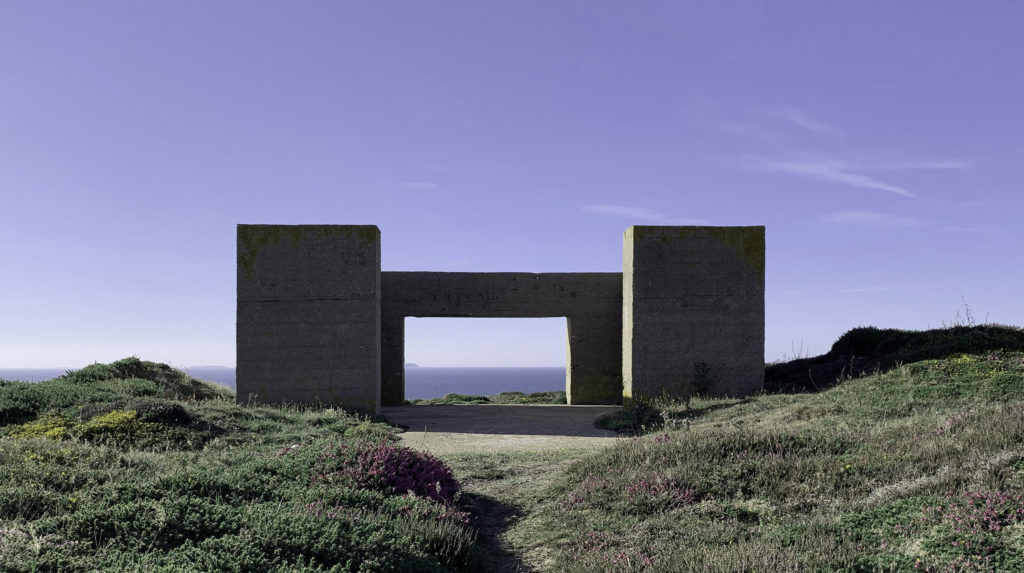
Another technique I have used during this topic is landscape photography and my ability to incorporate WWII fortification and bunker architecture. I would head out to different parts of Jersey’s coastline and photograph the remains of German built structures, many of which can be found along the north and south coasts of the island due to Jersey’s proximity to both England above it and France below it. I developed my landscape skills as well as making photo montages, which consist of cutting and sticking images, both with scissors and glue and using editing software. I also made a zine, a small magazine to display my compositions in a new and different way rather than just printing flat images to look at, I had now produced something physical which the viewer could hold and interact with.
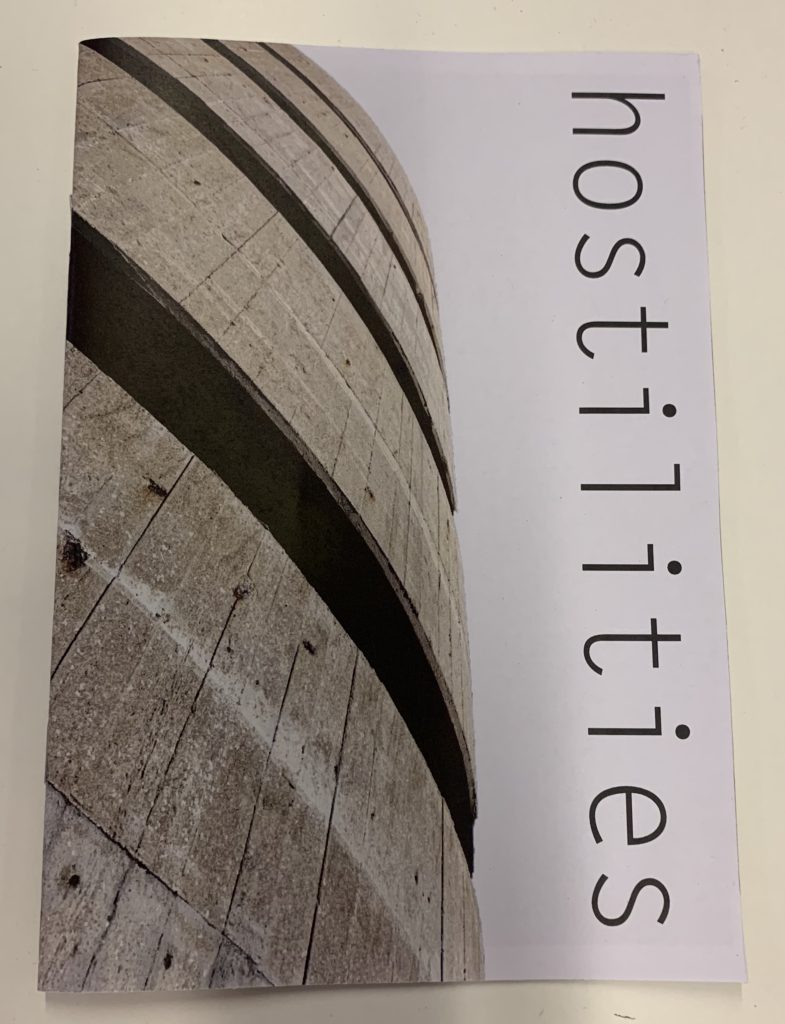
Finally we worked with objects. Once again a studio setting allowed me to develop my camera skills using different lighting and objects set ups to produce clear, well lit, close up shots. This process allowed me to experiment with laying out and positioning inanimate objects, manipulating factors such as background colour and my proximity to the subject.


I was most inspired by my work with people and objects. I enjoyed being able to work with the subjects two very different ways; being able to speak to the subjects and interact with them to gain an understanding of the subjects personally as well as being able to communicate my ideas with them and receive feedback and a second opinion. Contrasting with the work I did using objects as subject matter. This process gave me full control over the subjects, allowing me to place it how I wanted, where I wanted for as long as I wanted. I enjoyed taking close up photos during my “Home-sweet-home” project and would like to incorporate this into portraiture for my “Occupation Vs. Liberation” project.

